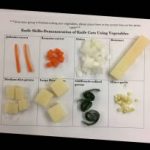
This hands-on lesson plan, shared by Marlee Barton of Kentucky, includes knife skill activities using Play-doh and graduating to real vegetables. A soup lab follows Sounds like a fun and delicious way to learn about knives!
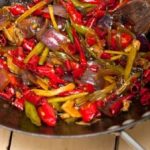
Need quick cooking recipes for your foods labs or dinner at home on a busy night? I know I do! That’s why I teach about stir-fry cooking! Not only is stir-fry cooking quick and easy, but it’s nutritious, colorful and fairly easy to clean up. So, after students investigate some basics of stir-fry cookery, they get to spin themselves a unique recipe for the class to sample. Try spinning yourself a stir-fry. Who knows, you might just find a new favorite, easy-to-go-to dinner!

My students always want to make fancy desserts and who can blame them! This lesson teaches them a little about plating and styling foods, using brownie desserts to help accomplish the mission! After learning about plating and styling desserts, students practice by making, plating and styling brownies. They also must create a feature for a restaurant menu based on their results! I like this lesson, activity and lab because it’s a great mix of activities. Plus, students get to use technology, create food, apply creativity and eat all in one lesson! My students loved this and were super proud of their accomplishments…I’m confident yours will too!
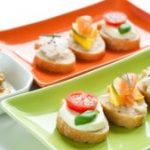
You never know when you’re going to need a relatively quick and simple appetizer for entertaining that looks like you’ve spent hours preparing! Crostini to the rescue! I like to teach students that party foods don’t have to be super difficult, expensive or time consuming to pull together. The self-directed mini-lesson provides some background information about crostini and how to make them and then students get to pretend they have to pull together a few crostini appetizers for entertaining, using ingredients they have on hand. The creative possibilities are endless! As a tasty finale, students prepare and sample some hot and cold crostini in the lab! Yum!
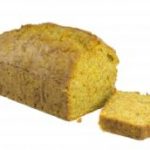
I have had some requests to share ideas for teaching about quick breads…so, here you go! One thing about teaching quick breads is that there are a plethora of ideas for labs so you can mix it up from one year to the next and secondly, the labs are pretty inexpensive to make so they won’t break your budget! Another thing I like about teaching quick breads is that it’s easy to include math and science concepts into your lessons and labs. Take a look below to see some things I’ve used over the years as well as some links to previous lessons and activities on the website about the topic.
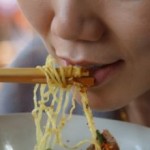
Ramen noodle soup packages have been around forever and seem to be the “go to” snack or meal for most young adults because they are cheap and easy to make. I wonder how many have actually read the nutrition facts label and ingredients list? Scary! I set out to prove to my students that Ramen noodles could be reinvented to be nutritious without sacrificing flavor.

Fats can be very confusing to teach because there are so many different types; some that are good, some that are bad, and some that are downright ugly for your health and body. I wanted to teach my students about the different types of fats in an interactive and simplistic way. So, below you will find ways to teach about fats which can be used as is or easily be adapted for use in an interactive note book. In addition, you will find a lab incorporating a healthy fat that also ties directly into the advice of MyPlate, encouraging the consumption of seafood.
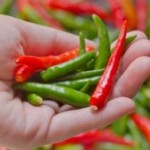
Ever notice how many different types of peppers are available in the grocery store? Not only are they vibrant to look at but they also contain different levels of spiciness or pungency depending on the variety. I wanted to expose my students to the characteristics of these unique vegetables giving them an opportunity to learn more about the various species of peppers or chiles, ways to cook with them and challenge themselves to see how the heat level changed the taste of a product as well as how much heat they could take.
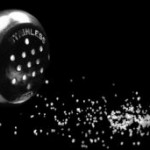
I’ve always viewed sodium as a “Catch 22” flavoring agent! It’s one of those minerals your body needs to function correctly, but if under or over consumed, serious health issues can result. So, when I teach this information to my students I try to get them to understand why it’s good, why it’s bad, where we find it and how to reduce it. Of course it’s always fun to follow it up with a low sodium lab and/or a unit on herbs and spices, teaching them how to prepare foods that taste good, with or without the “Catch 22” flavoring agent. So, encourage your students to put on their detective cap and investigate the amount of sodium in the foods they are consuming!
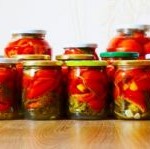
Many think of canning or preserving foods as an old fashioned way of life or hobby, but with more people venturing into organic gardening, cooking and wanting or needing to know what’s in their foods, canning has definitely made it’s way back into this modern era! If you are thinking about teaching food preservation in your FACS classroom, below are some ideas that may be helpful! Also, check out our book giveaway below!